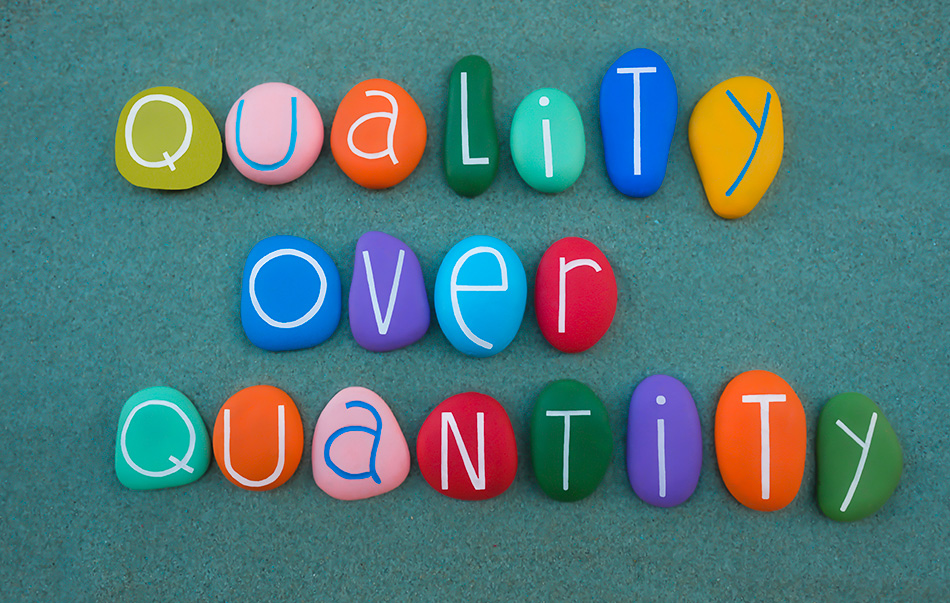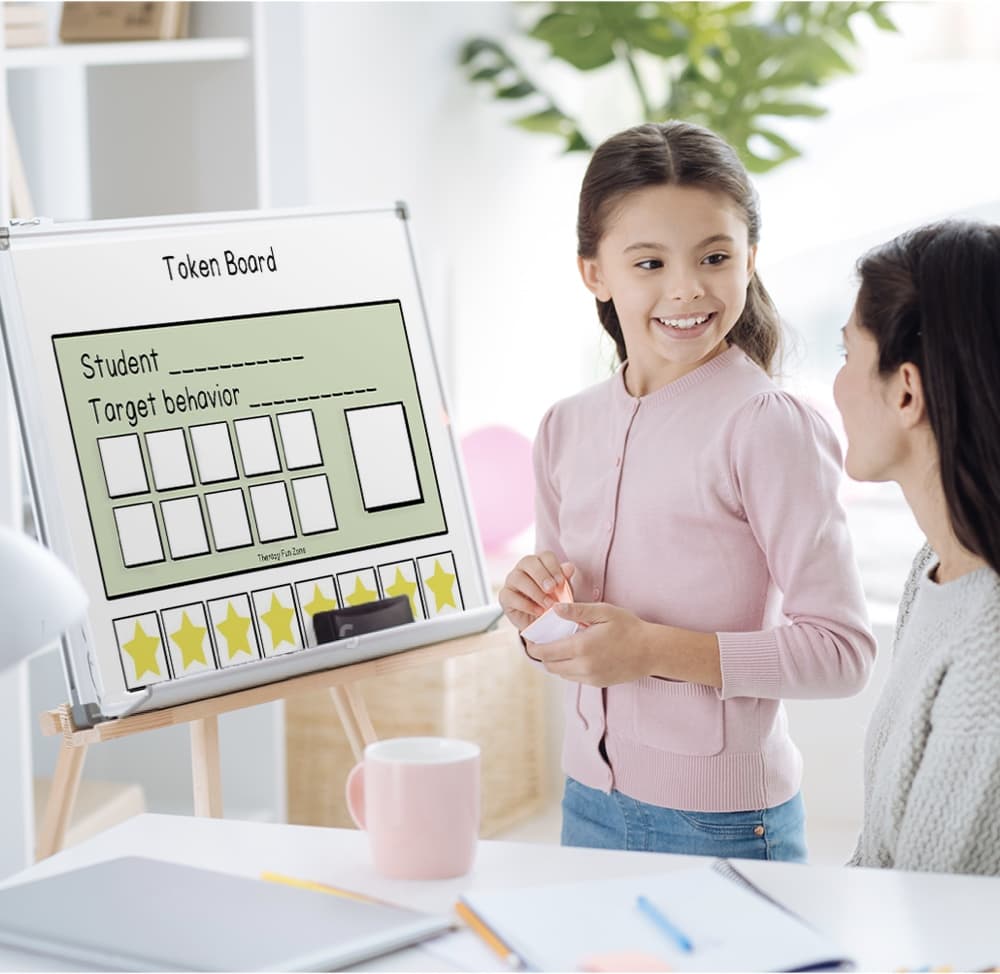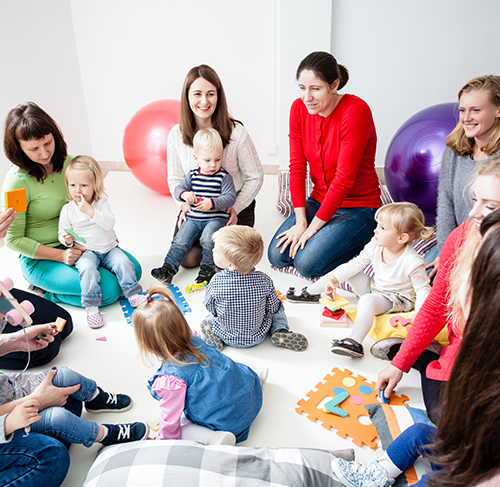The science of comprehensive ABA therapy (Applied Behavioral Analysis) has been studied for over 5 decades. We have come a long way since we first began implementation of the different research and techniques, and today ABA is known as the gold standard in helping children with Autism and other related exceptionalities. Despite the effectiveness of the treatment, there are additional key elements that will play a big role in increasing the chances of your child’s progress.
It takes a village! (Collaboration)
There are so many people surrounding your child’s life. Parents, siblings, extended family members, teachers, and therapist, each with their own relevant roles. Although not necessarily a component of the ABA team, other therapists and teachers involved with your child should also be in communication with each other. This allows for goals of each modality to be integrated and reinforced. We must make sure that we are closely collaborating with people around your child’s environment.
For example, if maladaptive behaviors occur while your child is with his or her speech therapist, they can implement the same strategies that the ABA therapist is implementing to address the behavior. As well as if the speech therapist is working on imitation of certain sounds, the ABA therapist can try to create and match replacement goals similarly to those speech goals. Collaboration is an extremely vital component of ABA services, as this will facilitate a more cohesive and successful team.
Individualized Treatment Plans
Every child is different. ABA therapy works best when treatment is built around the unique strengths and challenges of each child. A Board Certified Behavior Analyst (BCBA) begins by learning about your child’s skills, behaviors, and family priorities. From there, a personalized plan is created.
This plan includes goals that are meaningful to the child and family. For example, one child may focus on building communication skills, while another may work on daily routines like brushing teeth or getting dressed. Personalized therapy makes sure time and effort are spent on what matters most for progress.
Data Collection and Progress Monitoring
ABA is a science-based approach. One of the main reasons it is so effective is because therapists collect data during every session. This data shows how your child is learning and whether strategies are working.
Progress is tracked in small steps, not just big milestones. If a strategy is not effective, the team can make adjustments right away. Parents can also see reports and updates, which helps everyone stay on the same page. Data-driven decisions keep therapy consistent, reliable, and focused on results.
Commitment
Comprehensive ABA therapy is hard work, for both the family and the child. Consistency and persistence play the most important roles in your child’s progress. We believe that these two will follow when you commit yourself to something. Making the decision to start ABA is something where you must be fully invested. ABA works, but you must work AT it. It should be a part of your daily routine. Think of it like medicine prescribed by your doctor. You will not just take it at the doctor’s office but also at home. Concisely, if we are working on skills that are not being done outside the therapy session, it will be harder for your child to learn these skills thoroughly. Moreover, your child will only be able to do this in one environment. Committing and creating consistency in your child’s environment is the best way to reinforce learning!

Quality Over Quantity
If you are a parent looking for a comprehensive ABA therapy provider, you have probably gone a long way in identifying and advocating for your child’s needs. Conversely, it is our job as ABA providers to ensure that your child is getting the quality of service that he or she requires. To start the process, a Board Certified Behavior Analyst (BCBA) conducts a thorough clinical assessment. This assessment will give the BCBA enough information to make a clinical recommendation as to how many hours would be required for your child to make progress. However, always keeping in mind that no therapy is better than having a bad therapist or team as these can continue to reinforce maladaptive behaviors. The quality of care is critical to the child progress, budling rapport, having certified individuals and consistent supervision makes all the difference.
Environment
Your child’s progress does not depend on him or her alone. His or her environment has also a significant impact. This may include a physical or social environment. A physical environment may include your home, your child’s school, or other community settings. Behaviors are affected by the surrounding environment, taking a deeper look and understanding why some behaviors are happening allows us to modify the environment the help our kids be more successful. For example, your child cries and rips his math homework every time this is presented. We might take a step back and see if the curriculum needs to be adjusted before continuing to move forward. Allowing your child to be successful during math homework and increasing the difficulty level slowly. If your child feels good about successfully completing his/her math homework he/she will be more likely to want to do it again the next time.
Common Barriers to Progress
Even with the best therapy plan, challenges can happen. Here are some of the most common barriers:
- Inconsistent Attendance
Missing sessions slows down learning and makes it harder for skills to stick. Regular attendance is key for steady progress. - Caregiver Fatigue
ABA requires effort from the whole family. Parents and caregivers may sometimes feel overwhelmed, which can affect consistency at home. - Limited Reinforcement Outside Therapy
If new skills are not practiced at home or school, children may only use them during sessions. Reinforcement across environments is essential. - Lack of Communication Between Providers
Progress is harder when teachers, therapists, and families are not aligned. Sharing updates and strategies helps keep everyone working toward the same goals. - Unrealistic Expectations
Progress takes time. When expectations are too high or too fast, it can lead to frustration. Celebrating small wins helps keep motivation strong.
By identifying barriers early and addressing them, families and therapists can keep therapy moving in the right direction.
Things You Should Know About ABA
Get the must-know facts about Applied Behavior Analysis—all in one guide
Free downloadSocial Skills Development
ABA is not just about reducing problem behaviors. It is also about building social and emotional growth. Many children with autism need support in learning how to connect with others. Social skills training is often a central part of ABA therapy, and may include:
- Turn-taking and sharing – Learning to wait, share toys, or take turns in games.
- Making eye contact – Practicing simple ways to engage with others during conversation.
- Starting and responding to conversations – Building confidence in communication with peers and adults.
- Understanding emotions – Recognizing feelings in themselves and others.
- Play and group activities – Practicing cooperation, teamwork, and problem-solving in social settings.
These skills are practiced first in structured settings and later applied in real-life situations, such as school or playdates. Building social confidence helps children feel included and sets the foundation for independence.
Long-Term Outlook and Transitions
Comprehensive ABA therapy is not only about the present. It also prepares children for the future. Goals often shift as children grow and move into new stages of life. For young children, therapy may focus on communication and play. For older children, it may focus on school readiness, social relationships, or daily living skills.
As children approach new environments, such as starting kindergarten or moving to middle school, ABA therapy helps prepare them for the change. Transition planning reduces stress and builds skills for success. In the long run, ABA supports greater independence and helps children reach their full potential.
Final Thoughts
Comprehensive ABA therapy is not just a treatment—it is a framework for helping children build meaningful, lasting skills. Success comes from the right combination of individualized plans, consistent reinforcement, collaboration among caregivers and professionals, and environments that encourage growth. Each of these elements works together to give children the best chance to thrive.
It is also important to remember that progress looks different for every child. Some skills may come quickly, while others take more time and repetition. That does not mean progress is not happening. Small victories—whether it is a new word spoken, a smoother daily routine, or a positive interaction with a peer—are all signs of meaningful growth. Over time, these small steps add up to life-changing results.
Parents, therapists, and educators all play a role in making this journey successful. With open communication, ongoing support, and a shared commitment, children can reach greater independence, confidence, and joy in their daily lives.
If you are considering ABA therapy for your child, know that you are not alone in this process. The right support team can make a lasting difference—not only for your child but for your entire family.
Ready to take the next step? Learn more about our ABA therapy services and how we can support your child’s progress. Contact us today to get started. Follow us on Facebook, Instagram, LinkedIn, and Twitter to stay on top of our latest updates.









Leave A Comment